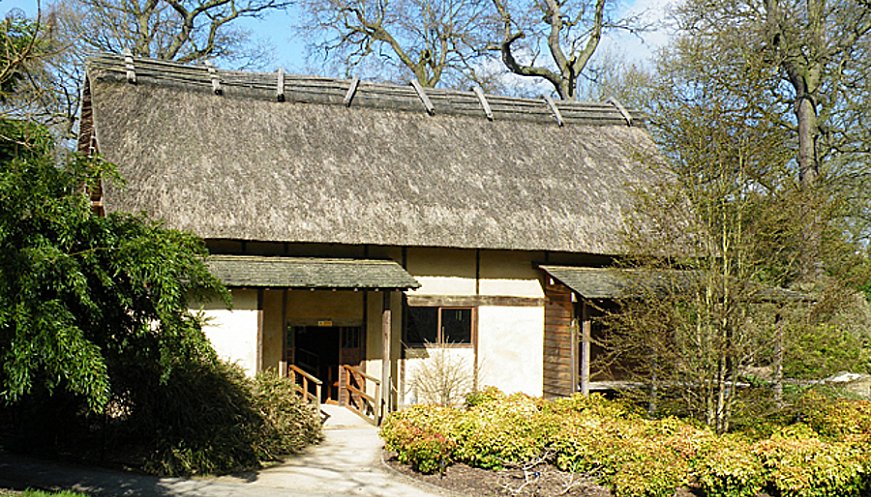 Photo: Anne Burgess | Wikimedia
Photo: Anne Burgess | Wikimedia
In Japan, locally crafted wooden houses with characteristic pitched roofs were built for hundreds of years. Designed like an interlocking puzzle, without nails or screws, minka can be taken apart, moved and reassembled. In 1997, Takumi Osawa set up an organization to find, relocate and restore them. He wants to preserve Japan’s heritage architecture, with high-quality materials sourced locally, crafted by hand, and built to be functional, adaptable and ultimately recyclable. He is part of a global movement of progressive architects and urban planners who want to change how we see the purpose and lifecycle of buildings, and in the minka, see a historical blueprint for a sustainable future. Extending the life of existing structures, making them more efficient and reusing materials when properties are torn down offers a clear path for decarbonizing the building and construction sector that threatens efforts to keep global warming within the 2C limit set in the 2015 Paris Agreement and was a focus at UN-sponsored climate talks last year and the COP27 summit in Sharm el-Sheikh.
More:














